May 20, 2025
Reimagining International Development: A New Approach to Aid
In a world where traditional aid often fails to reach those it intends to help, Faisal Saeed Al Mutar presents a revolutionary model that empowers local entrepreneurs. By redefining the purpose and method of aid, we can create sustainable economic growth and foster innovation in communities across the globe.
Introduction to Faisal Saeed Al Mutar
Faisal Saeed Al Mutar is not just an innovator; he embodies the spirit of resilience and entrepreneurial vision. Born in Iraq, he has traversed multiple cultures and countries, including Syria, Lebanon, and Malaysia. Growing up in an academic family, with a doctor for a father and a lawyer for a mother, Faisal often humorously refers to himself as the "failure" of the family. However, his experiences have fueled a profound commitment to understanding the dynamics of international development and the cost of talent displacement.
Faisal's journey is deeply personal. Having witnessed the effects of war and displacement firsthand, he speaks passionately about the need for a new approach to aid—one that empowers individuals rather than perpetuates dependency. His insights challenge conventional wisdom and provoke thought on how we can redefine the purpose of international development.
The Cost of Talent and Displacement
The displacement of talent is a pressing issue in today's world, particularly in regions affected by conflict. Faisal highlights that many skilled individuals are forced to leave their homes, resulting in a significant loss of potential for their communities. This phenomenon is not just an economic concern; it is a human tragedy that affects families, cultures, and entire nations.
According to World Bank estimates, the cost of creating a single job in international development can reach up to $20,000. This staggering figure underscores the inefficiencies present in traditional aid models, which often fail to deliver the intended results. The funds allocated to international development often get lost in a maze of corruption and bureaucracy, leaving the very people who need help without support.
Faisal's approach seeks to turn this narrative around. By investing directly in individuals and their entrepreneurial ambitions, we can unlock the potential of millions who aspire to create meaningful change. The potential for job creation is immense, with nearly half of individuals in affected regions expressing a desire to start their own businesses within the next five years.
A Personal Perspective on International Development
For Faisal, international development is not an abstract concept; it is a deeply personal mission. His experiences growing up in war-torn regions have shaped his understanding of the challenges faced by displaced individuals. He believes that the current aid system is riddled with inefficiencies that hinder progress.
Instead of merely providing aid, Faisal advocates for a shift in focus towards creating an environment where entrepreneurship can thrive. This perspective emphasizes the importance of removing barriers that prevent individuals from accessing the resources they need to succeed. By fostering a culture of innovation, we can empower communities to rebuild and drive their own development.
The Inefficiencies of Traditional Aid
The traditional model of aid has long been criticized for its inefficiencies and lack of transparency. Faisal points out that trillions of dollars have been poured into international development initiatives, yet the results often fall short. The system is plagued by corruption, too many intermediaries, and a disconnect between donor intentions and recipient needs.
Faisal argues that we must reevaluate our approach to aid. By focusing on direct investments in individuals rather than bureaucratic processes, we can create a more effective and accountable system. The goal should be to empower communities to take charge of their own destinies, rather than fostering a cycle of dependency.
Innovative solutions, such as providing grants directly to entrepreneurs, have shown promise. By ensuring that funds reach those who need them most, we can stimulate economic growth and create sustainable job opportunities. This shift in focus can lead to a more efficient allocation of resources and a greater impact on the ground.
The High Cost of Job Creation
Creating jobs in regions affected by conflict and displacement is not just a matter of funding; it is a complex challenge that requires a thoughtful approach. As Faisal notes, the high cost associated with job creation in international development can be disheartening. However, it also presents an opportunity for innovation.
Rather than relying on outdated methods that yield minimal results, we must explore new models that emphasize entrepreneurship and self-sufficiency. Faisal's experiences have shown that with the right support, individuals can create jobs for themselves and others, leading to a ripple effect of economic growth.
For example, Faisal shares inspiring stories of entrepreneurs who have successfully built businesses with minimal investment. These stories illustrate the potential for transformation when individuals are given the resources and support they need to succeed. By investing in human capital, we can unlock the entrepreneurial spirit that exists within every community.
A Glimmer of Hope: Entrepreneurial Intentions
Despite the challenges faced by many in conflict-affected regions, there is a glimmer of hope. Faisal highlights that nearly half of the individuals in these areas express a desire to start their own businesses in the coming years. This entrepreneurial spirit is a powerful force for change and a testament to the resilience of those facing adversity.
By harnessing this ambition and providing targeted support, we can help individuals turn their ideas into reality. Faisal's model of direct investment empowers entrepreneurs to build sustainable businesses that not only create jobs but also contribute to the overall development of their communities.
The success stories of individuals like Hakim Hashem and Hani Hamada demonstrate the potential for transformation when we focus on empowering local talent. With the right investment, these entrepreneurs can drive economic growth, foster innovation, and inspire others to follow suit.
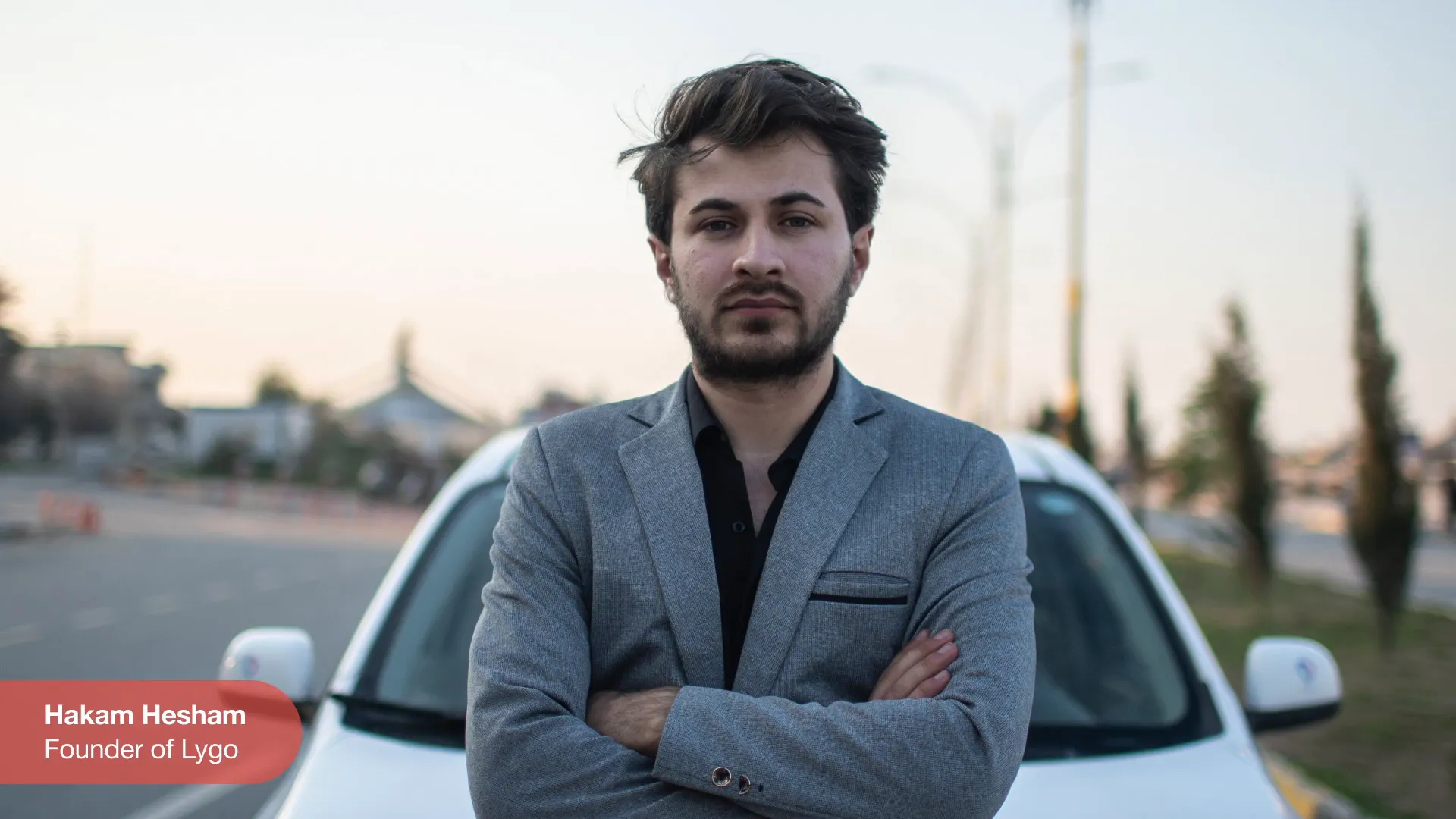
Redefining the Model of Aid
To truly redefine the model of aid, we need to shift our focus from traditional methods that often fail to deliver results. The current system is riddled with inefficiencies, where funds are siphoned off by bureaucracy and corruption. Instead, we must create a framework that prioritizes direct support to individuals who are ready to innovate and drive change.
This new model emphasizes removing barriers that hinder entrepreneurs from accessing the resources they need. By simplifying the process for obtaining funds, we empower individuals to take charge of their own economic futures. It’s not just about giving money; it’s about creating a sustainable ecosystem that fosters growth and innovation.
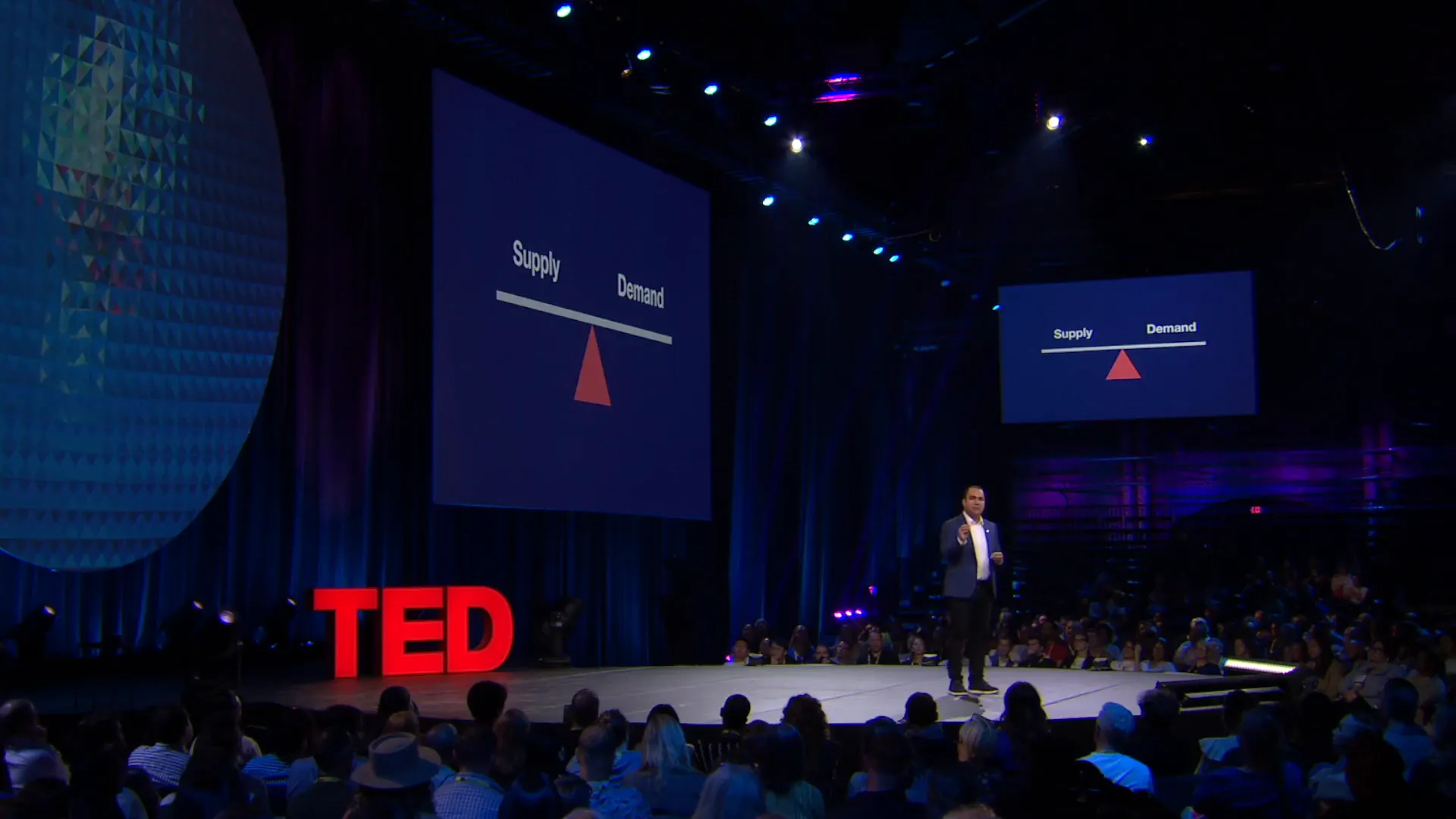
Moving Toward Normalcy: A New Purpose for Aid
In this reimagined approach, the purpose of aid is not merely to provide temporary relief but to facilitate a return to normalcy. This means fostering environments where supply and demand can flourish, allowing communities to thrive independently. Aid should act as a catalyst for entrepreneurship, enabling individuals to build sustainable businesses.
By focusing on normalcy, we can help communities recover from the trauma of conflict and displacement. This approach not only addresses immediate needs but also lays the groundwork for long-term economic stability and growth.
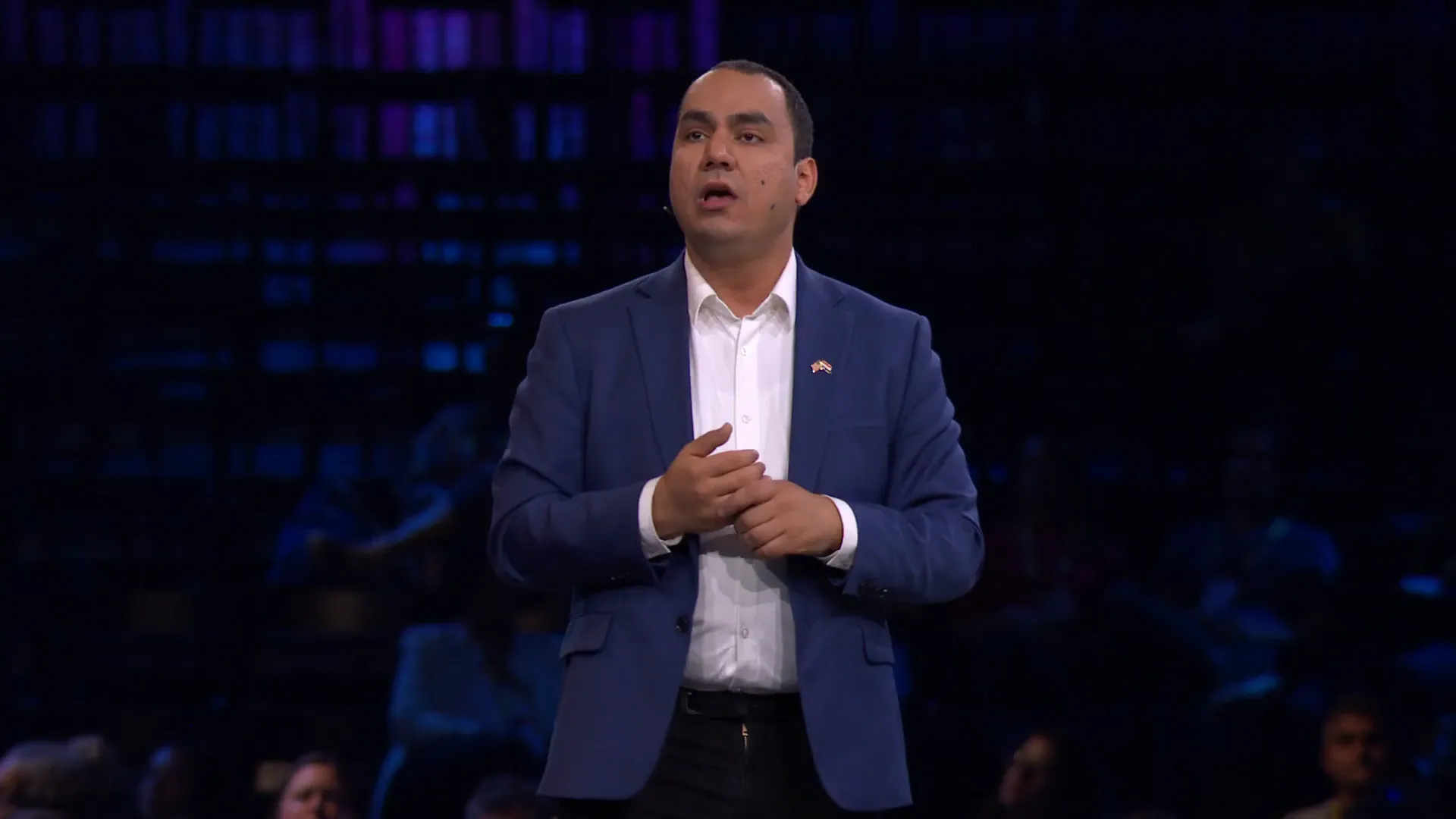
Simplifying Access to Funds
One of the cornerstones of this new model is simplifying access to funds. Traditional aid systems often involve complicated applications and numerous intermediaries, making it difficult for individuals to receive the help they need. By streamlining this process, we can ensure that funds go directly to those who can make the most of them.
Implementing a one-grant-per-person system minimizes favoritism and bias, creating a level playing field for all applicants. This approach not only enhances accountability but also builds trust within communities. When people see that they can access funds without political connections, it inspires a sense of ownership and responsibility.

Combating Corruption in Aid Distribution
Corruption remains a significant barrier in the distribution of aid. By adopting a model that minimizes intermediaries and focuses on direct grants, we can combat the corruption that has plagued traditional aid systems. This approach ensures that funds are used effectively and reach the intended beneficiaries.
Moreover, transparency in the allocation of resources fosters trust among communities. When individuals know that funds are being used appropriately, they are more likely to engage with the system and hold each other accountable. This communal accountability shifts the focus away from external oversight, empowering local leaders to drive change.
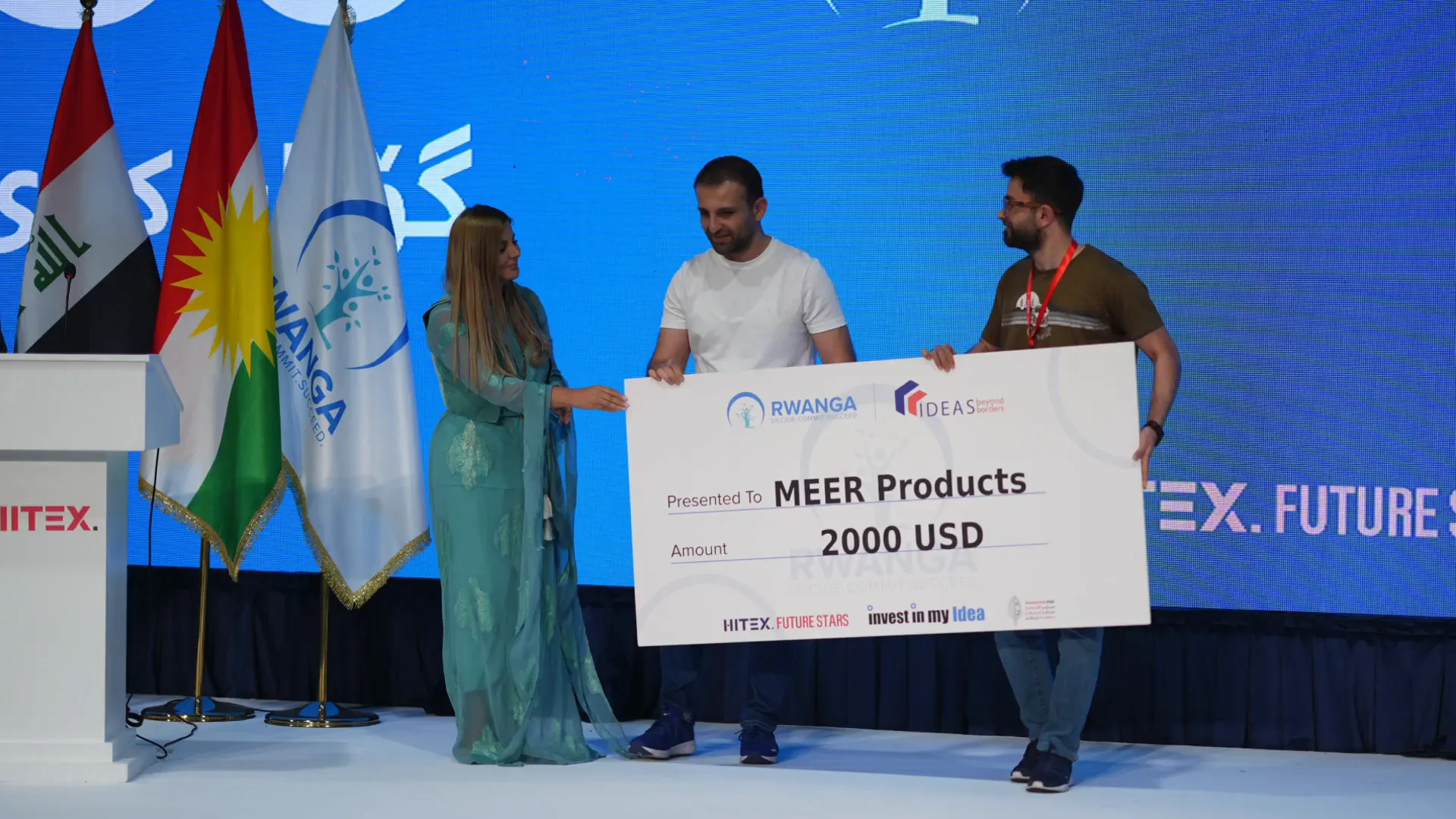
Accountability to Communities
In this new model, accountability shifts from distant donors to the communities themselves. When individuals receive direct support, they become responsible for their own outcomes. This sense of accountability encourages innovation and collaboration, as people work together to ensure the success of their ventures.
By fostering a culture of mutual support, we can create a network of entrepreneurs who uplift one another. This communal approach not only enhances individual success but also stimulates broader economic growth within the community.
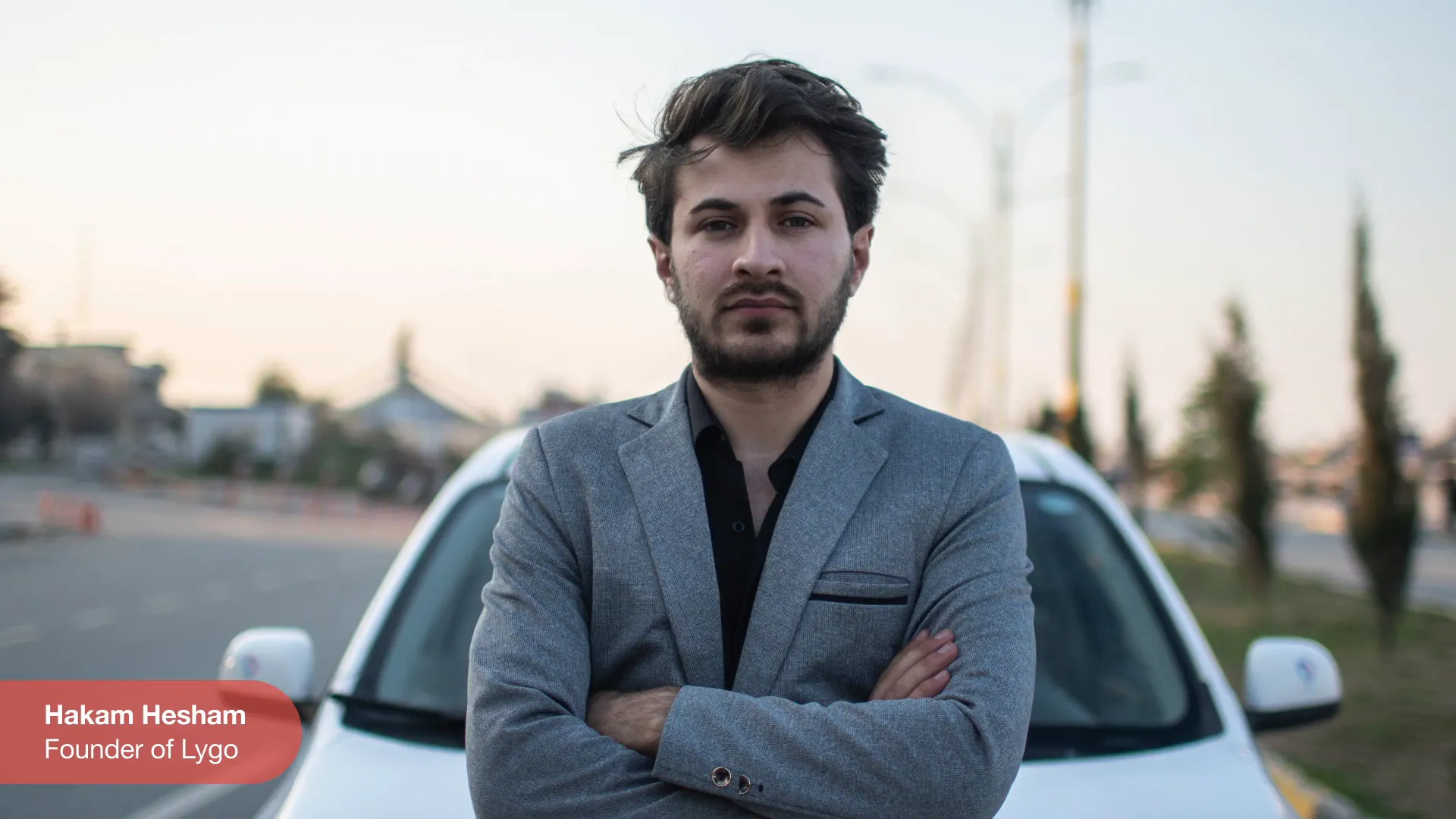
Success Story: Hakim Hashem's Taxi Company
The success of this model is exemplified by the story of Hakim Hashem, a founder in Mosul who established a taxi company aimed at empowering women. With a grant of just three thousand dollars, Hakim has created over fifty-seven jobs, demonstrating the immense potential of investing directly in individuals.
This success story is not an isolated incident. Hakim is one of many entrepreneurs who have benefited from this new model of aid. His journey illustrates how targeted support can lead to significant economic impact, transforming communities from the ground up.
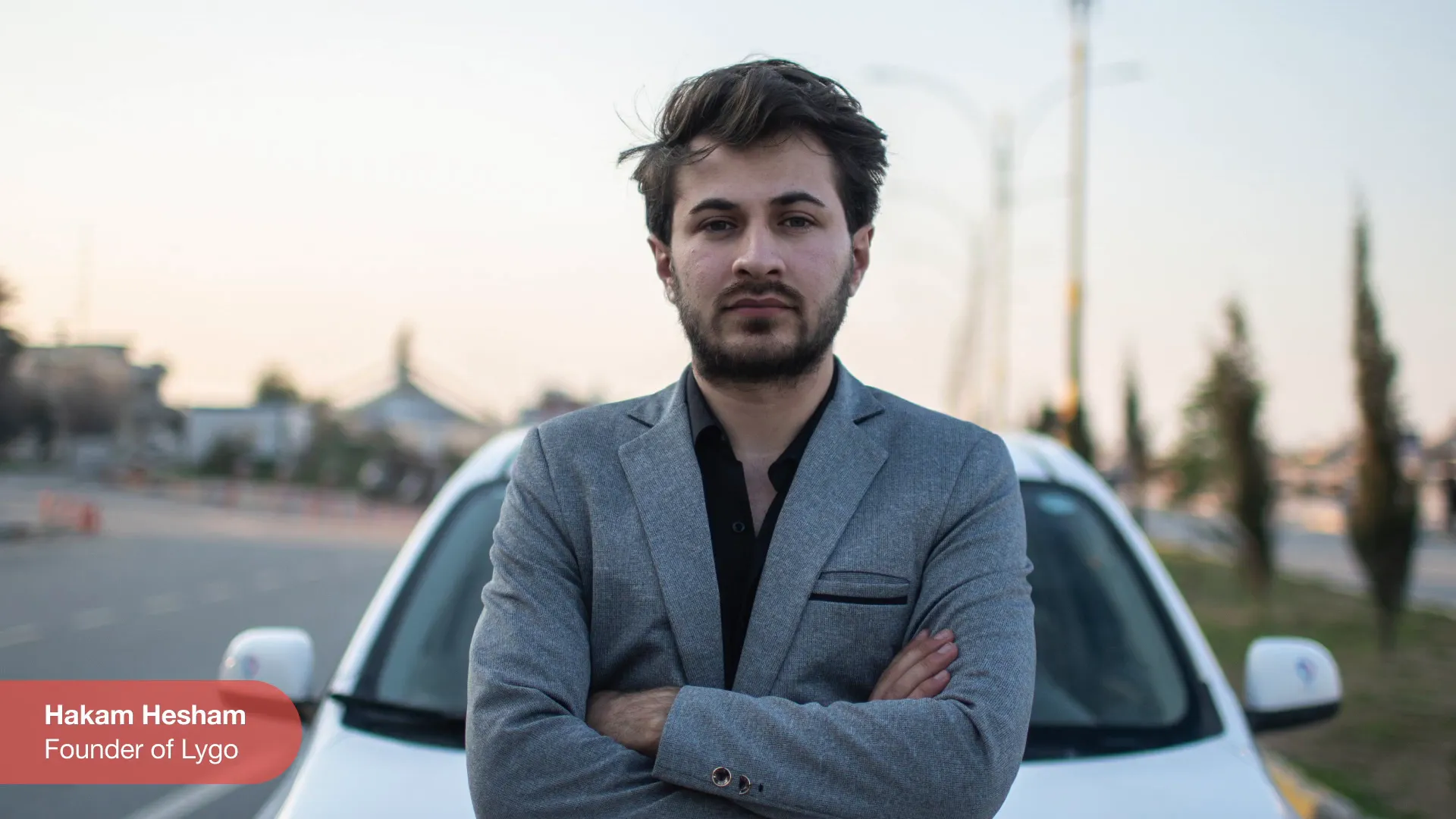
As we look toward the future, it's vital to recognize that the potential for transformation exists within every individual. By redefining aid and focusing on empowering local talent, we can create a brighter, more sustainable future for communities worldwide. For more insights on entrepreneurship and development, explore resources at GFunnel, where we connect entrepreneurs and provide tools to help them thrive.
Success Story: Hani Hamada's Language School
One of the most compelling examples of this new model in action is Hani Hamada, a Syrian refugee living in Turkey. With a passion for language and a determination to help others, Hani decided to establish a language school to teach Turkish to new immigrants. This initiative was not just about creating a business; it was about building a community and providing essential skills that would empower others in their new home.
With an initial grant of just three thousand dollars, Hani transformed his vision into reality. Today, he employs thirty-three staff members, all of whom are refugees themselves, creating a supportive environment that fosters learning and growth. This model not only provides jobs but also helps newcomers integrate into Turkish society, demonstrating the profound impact of investing directly in individuals.
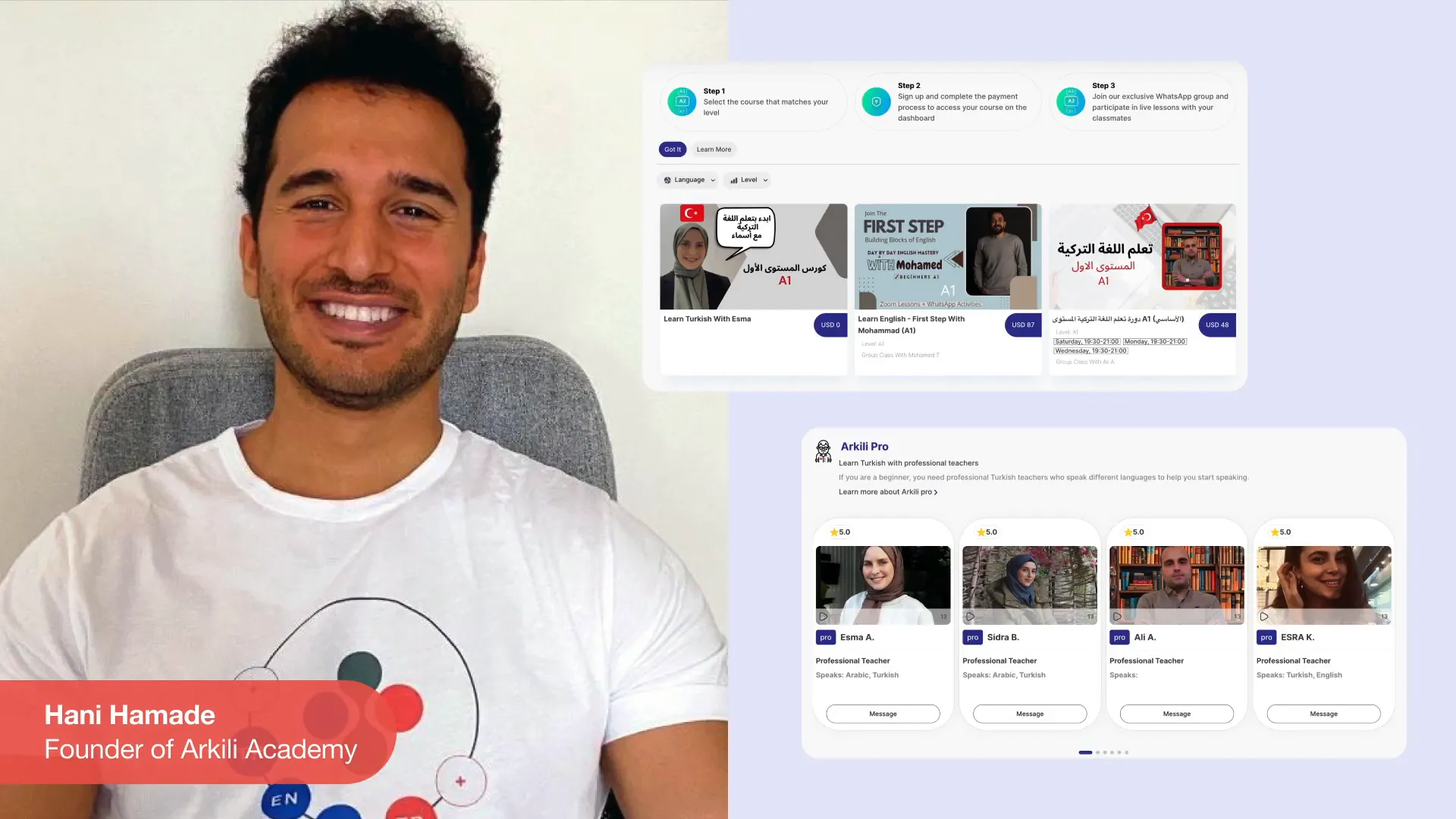
Comparing Results: New Model vs. Traditional Aid
The stark contrast between traditional aid models and the new entrepreneurial approach is evident in the results. Traditional aid often results in minimal job creation, with estimates suggesting that it can cost upwards of twenty thousand dollars to create a single job. In comparison, the new model, as evidenced by Hani and Hakim Hashem's stories, illustrates a more effective use of resources.
With a mere one million dollars invested in this new approach, we can create up to thirty-five thousand jobs, as opposed to the fifty jobs that traditional methods might yield. This dramatic difference showcases the efficiency and potential of empowering local entrepreneurs to drive economic growth. The focus shifts from merely providing aid to fostering an ecosystem of innovation, where individuals are motivated to succeed.
Global Applications of the New Model
The principles of this new aid model are not limited to one region; they have global applications. Countries such as Ukraine, India, and various parts of Africa are beginning to adopt similar strategies, recognizing that innovation and entrepreneurship can be catalysts for change in their communities. The adaptability of this model means it can be tailored to fit diverse cultural and economic contexts, making it a versatile solution for addressing global challenges.
By investing in local talent and enabling entrepreneurs to thrive, we can create a ripple effect that enhances economic stability and fosters resilience in communities facing adversity. This approach not only addresses immediate needs but also lays the groundwork for sustainable development in the long run.
The Future of Aid: Innovation and Entrepreneurship
Looking ahead, the future of aid lies in innovation and entrepreneurship. By prioritizing these elements, we can transform regions that are often mired in conflict into thriving hubs of economic activity. The old methods of aid, which have often led to dependency and inefficiency, must be replaced with strategies that empower individuals and communities.
Entrepreneurship fosters a sense of ownership and accountability. When individuals are given the opportunity to build their own businesses, they are more likely to invest in their communities and contribute to local development. This shift in focus can lead to a more dynamic and resilient society, where people are not just surviving but thriving.
Conclusion: Transforming Conflict into Opportunity
In conclusion, the stories of Hani Hamada and others like him illustrate the transformative power of redefining aid. By shifting our focus from traditional methods to innovative entrepreneurial strategies, we can create opportunities where there were once barriers. This approach not only empowers individuals but also strengthens communities, paving the way for a more prosperous future.
As we continue to explore new pathways for development, it's crucial to recognize the potential that lies within every individual. By investing in local talent and fostering a culture of entrepreneurship, we can turn conflict into opportunity and build a brighter future for all.
For further insights on entrepreneurship and to connect with a community of innovators, visit GFunnel. Together, we can reshape the landscape of aid and development.
FAQ: Understanding the New Aid Model
What is the main difference between traditional aid and the new model?
The new model focuses on empowering local entrepreneurs through direct investment, reducing bureaucracy and corruption, while traditional aid often relies on intermediaries and can lead to inefficiencies.
How does this model create jobs?
By providing grants directly to individuals, the model encourages entrepreneurship, allowing people to start their own businesses and create jobs within their communities.
Can this model be applied globally?
Yes, the principles of the new aid model are adaptable and can be implemented in various cultural and economic contexts around the world.
What role does accountability play in this new model?
Accountability shifts from distant donors to the communities themselves, fostering a sense of responsibility and ownership among entrepreneurs to ensure their success and that of their ventures.